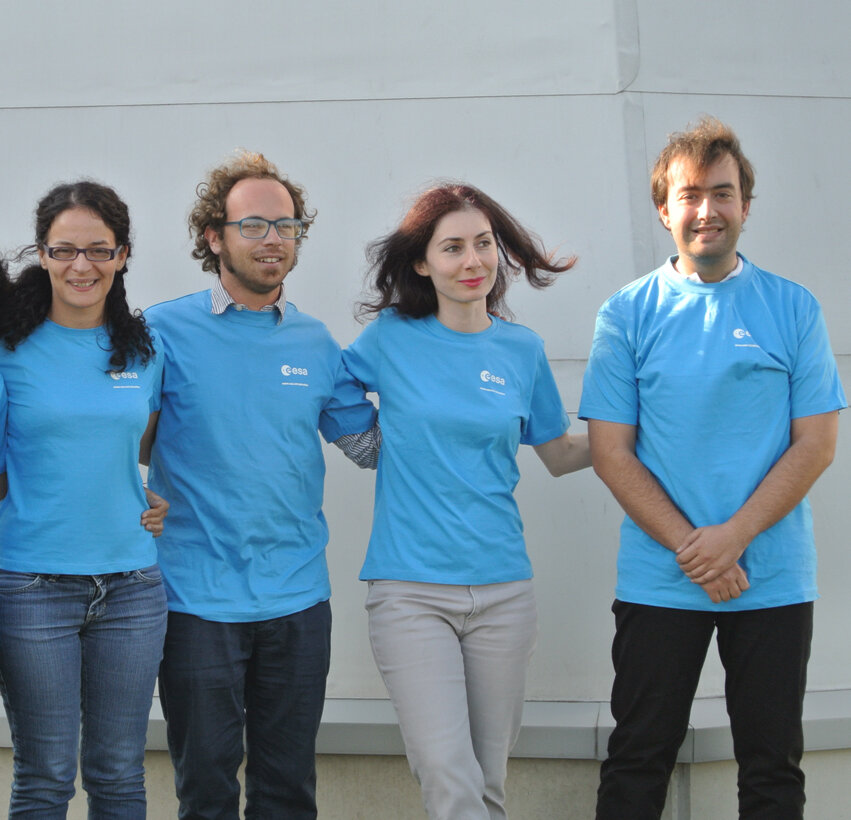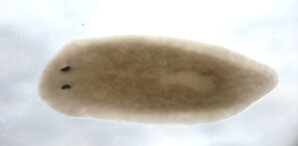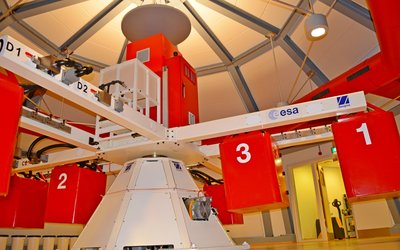Meet the teams: PlanOx
The PlanOx team is composed of 3 Ph.D. students and 1 M.Sc. student working at the Center for Micro-BioRobotics of the Italian Institute of Technology (Pisa, Italy). The aim of their experiment is to induce oxidative stress in planarian worms by exposing these animals to hypergravity conditions, and to counteract the induced oxidative stress through the exploitation of a strong inorganic antioxidant, i.e., cerium oxide nanoparticles (nanoceria).
![]()
![]()
![]()
Hypergravity induced oxidative stress in planarians: nanotechnology-based countermeasures. ![]()
| Final Report: | Download |
| University | Istituto Italiano di Tecnologia |
| Endorsing professor |
Prof. Gianni Ciofani Politecnico di Torino, Istituto Italiano di Tecnologia |
| Assistant scientists |
Prof. Alessandra Salvetti University of Pisa, Dr. Giada Graziana Genchi Istituto Italiano di Tecnologia |
| Team | Attilio Marino, Agostina Francesca Grillone, Ilaria Pezzini, Daniele De Pasquale |

The supply of powerful antioxidants in living organisms is of particular importance for human health on Earth. Indeed, oxidative stress plays a key role in plenty of pathologies, ranging from cancer, neurodegenerative pathologies, and inflammatory conditions. Furthermore, it has been proven that also altered gravity can impair cellular functions because of an over-production of reactive oxygen species (ROS) and, thus, generating oxidative stress in organisms. During the SYT! 2016 Campaign, the PlanOx team will investigate the effects of simulated hypergravity on oxidative stress generation in planarian worms, and the possibility to scavenge ROS generation with the use of nanoceria, a smart nanomaterial already proposed for biomedical applications, in particular where strong anti-oxidant actions are necessary.

Two main objectives will be pursued by the team:
- Investigation of the mechanisms at the base of ROS production in hypergravity conditions in the planarian worm model.
- Investigation of the nanoceria as efficient countermeasure against the oxidative stress experienced by animals exposed to hypergravity.
Planarians will be exposed to hypergravity (5 g and 10 g), with or without previous nanoceria treatment, and oxidative DNA damage, presence of apoptosis, and activity of antioxidant enzymes will be assessed. Results will be compared to corresponding controls at 1 g.
Achieved results will be useful for a better understanding of the biomolecular mechanisms at the base of the oxidative stress. Moreover, further data about exploitation of nanotechnology-based therapeutic approaches against several important pathological conditions (muscle disorders, neurodegenerative diseases, cancer, etc.) can be collected, also envisioning a translational pathway toward pre-clinical testing for all those diseases where oxidative stress represents a crucial etiologic factor.

Research carried out by the PlanOx group is focused on the exploitation of smart nanomaterials for biomedical applications, including investigation of nanoceria effects on neuronal, muscle and stem cells. Besides, the same group is also actively involved in the investigation of altered gravity (considered as a powerful physical cue) on cells and tissues. The experiment proposed by the team represents therefore a perfect "summary" of the two main research lines of this lab.






